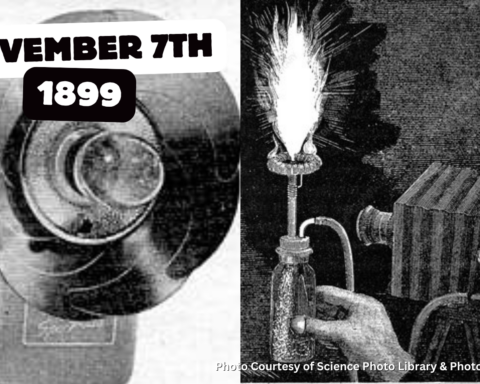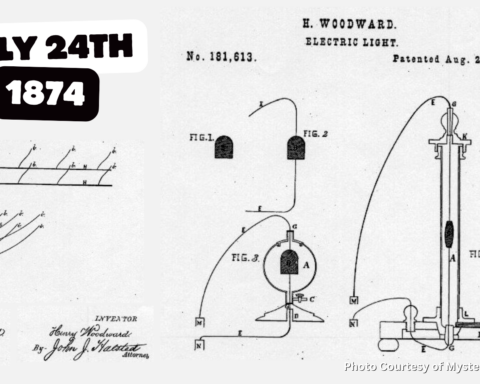Mining has always been a perilous profession, with miners facing numerous hazards and challenges deep underground.
Miner’s helmet lights have played a crucial role in ensuring the safety and well-being of those miners.
In the early days of the mining industry, miners relied on candles or oil lamps for illumination, which often proved inadequate, at best, and dangerous in many cases. However, the invention of electric miner’s helmet lights revolutionized the industry, providing a reliable and life-saving source of light.
Early miners working underground used candles and handheld oil lamps to light the areas they were working in. These posed significant risks. The open flames could ignite flammable gases and caused explosions in the presence of combustible materials. The need for a safer and more efficient lighting solution became increasingly evident, so the industry took a small step forward.

In the late 19th century, the carbide lamp emerged as a breakthrough technology for mining illumination. These lamps utilized the reaction between water and calcium carbide to produce acetylene gas, which was then ignited to create a bright flame. The carbide lamp was mounted on the miner’s cap or helmet, freeing their hands for other tasks while providing a reliable source of light. However, it still brought a flame into a volatile environment.
The early 20th century was the deadliest time for miners in the history of the United States. In 1907, Monongah Mine #6 and #8 exploded, killing 362 miners. A fire in the Cherry Mine in Illinois killed 259 miners in 1909. Stag Canyon Mine #2 in Dawson, New Mexico exploded in 1913, killing 263 miners. These were the three worst coal mining disasters in U.S. history, prompting Congress to create the U.S. Bureau of Mines which turned its attention to the emerging electric lighting industry for solutions. In 1915, the Bureau approved the MSA Edison Flameless Electric Miners Cap Lamp.

With the advancements in electrical technology, miner’s helmet lights underwent a significant transformation. Electric lamps, powered by batteries, replaced the carbide lamps, offering brighter and more consistent illumination. But like many new technologies, the benefits came with a burden. These early electric lights were often heavy and cumbersome and added difficulty for a miner’s job. However, they marked a significant improvement in safety and efficiency. They quickly ushered in an age of steadily decreasing mining accidents and safety improvements.
The real game-changer came much later. In recent years, helmet lights have seen another major leap forward with the adoption of LED technology. LED helmet lights provide brighter, longer-lasting illumination while consuming less power. They often include adjustable beams, so the user is able to widen and narrow the light angle and throw distance. The comfort level is also greatly improved because batteries that power these are much smaller and lighter. These lightweight and durable lights have become the industry standard, offering miners enhanced visibility and reducing the risk of accidents in dark and treacherous underground environments.

Modern miner’s helmet lights are equipped with various safety features to further enhance protection. These include features like built-in sensors to detect dangerous gases, emergency signaling capabilities, and even integrated cameras to capture footage for training or investigation purposes. These advancements have not only improved safety but also facilitated better communication and coordination among miners.
The evolution of miner’s helmet lights has undoubtedly transformed the mining industry, making it safer and more efficient for those who work in the depths of the Earth. From the humble beginnings of candles and oil lamps to the cutting-edge LED lights of today, miner’s helmet lights have played a pivotal role in guiding miners through the darkness and ensuring their well-being. As technology continues to advance, we can anticipate even more innovative features and improvements that will further enhance the safety and efficiency of mining operations.
Featured Image Courtesy of Carroll Technologies Group.





